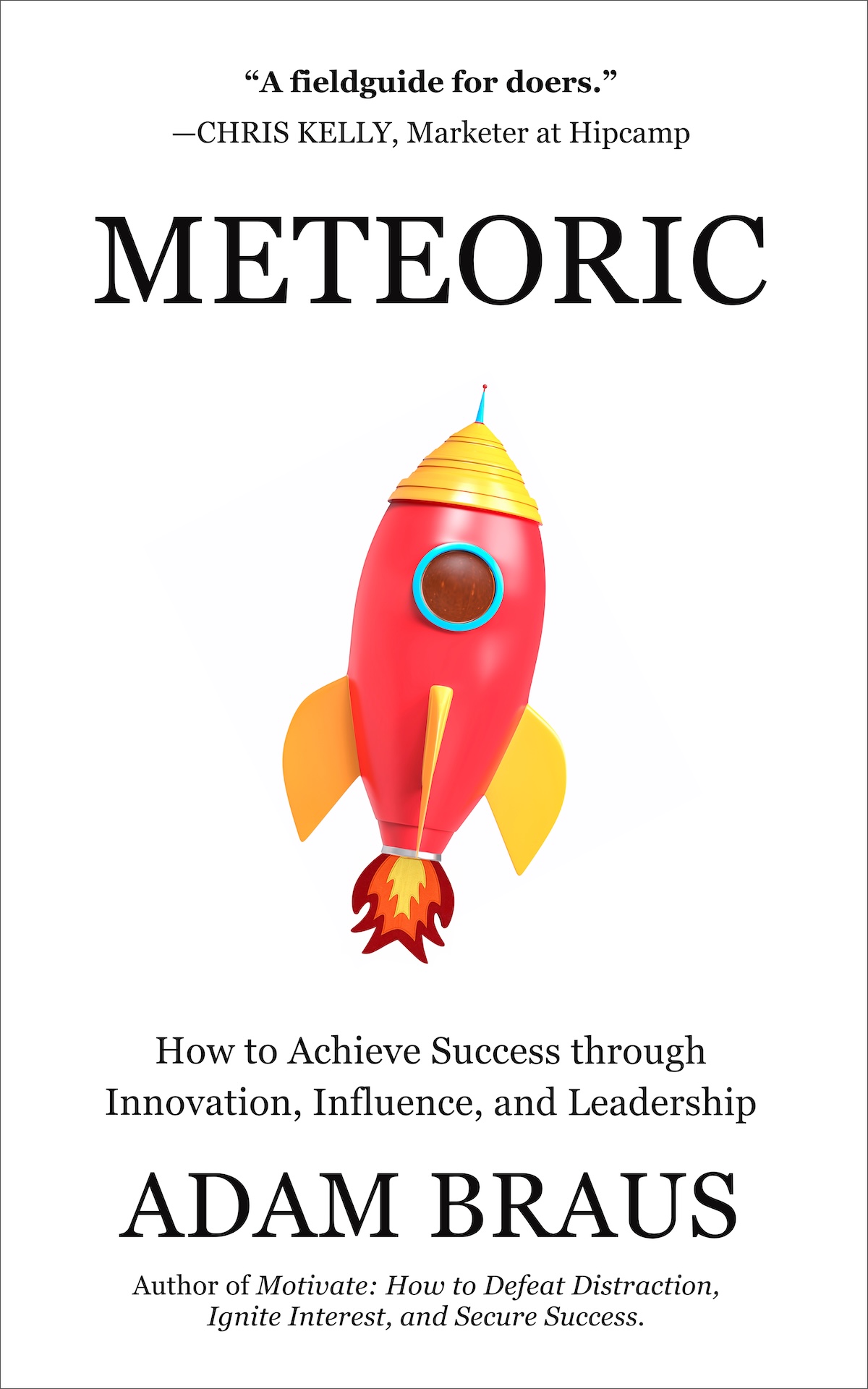Change Management with Nemawashi: Reduce Meetings, Build Consensus
The Missing Piece of Lean and Agile
Nemawashi: Legislating Change
The Changebase Method: Change Management Software for Modern Teams
Our founder, Adam Braus, literally wrote the book on the Japanese change management philosophy called Nemawashi—or piecemeal consensus. In Meteoric: How to Achieve Success through Innovation, Influence, and Leadership he detailed how modern organizations can harness Nemawashi to drive innovation and manage change effectively. After years of seeing organizations struggle with change management—first in healthcare IT, then in fast-moving startups—Adam recognized that teams needed tools designed specifically for this consensus-building approach.
Traditional project management tools excel at tracking tasks and deadlines but fail to capture the nuanced journey of organizational decision-making. They don't track who's been consulted, what concerns have been raised, or how proposals have evolved through stakeholder input. They treat decisions as binary moments rather than evolutionary processes.
Changebase brings structure to Nemawashi without destroying its organic nature. Our platform helps you identify key stakeholders, track one-on-one conversations, document the evolution of proposals, and build consensus maps that show where support exists and where more groundwork is needed. We make the invisible work of consensus-building visible, measurable, and repeatable.
By combining the ancient wisdom of Nemawashi with modern collaboration technology, Changebase enables organizations to make decisions that are both fast and sustainable. We help teams move beyond the false dichotomy of "executive action versus democratic process" to embrace a third way: deliberate consensus-building that creates lasting change.
Nemawashi in Action: Reduce Meetings, Build Alignment
Consider the story of Sarah Chen, a senior engineer who noticed a critical flaw in her company's hiring process. She observed that interviewers were discussing candidates between interview rounds, creating an echo chamber effect. If the first interviewer had concerns, those concerns would spread through informal hallway conversations, biasing subsequent interviewers before they even met the candidate. Good candidates were being rejected based on cascading first impressions rather than independent assessment.
Sarah could have fired off a company-wide email or raised the issue in an all-hands meeting. Instead, she chose the path of Nemawashi. She started with informal coffee chats with two fellow engineers who frequently participated in interviews. "Have you noticed how we tend to align on candidates even before the debrief?" she asked. Both admitted they'd seen this pattern and agreed it might be undermining their diversity goals.
Armed with these initial allies, Sarah scheduled one-on-ones with three hiring managers. She didn't present a solution—she presented observations and asked for their experiences. One hiring manager, Marcus, became particularly engaged. He shared data showing that their team's hiring decisions had become increasingly homogeneous over the past year. Together, they refined Sarah's initial idea: a simple policy that interviewers shouldn't discuss candidates until the formal debrief.
Marcus, now a champion of the idea, brought it to his regular one-on-one with the Head of People. Because the groundwork had been laid—multiple stakeholders had contributed to shaping the proposal, potential objections had been addressed in private conversations, and supporting data had been gathered—the Head of People immediately saw the value. Within two weeks, the company adopted a new hiring protocol, with Sarah's observation transformed into organizational policy through the power of patient consensus-building.
Building Consensus, Not Seeking Permission
With Nemawashi you get approval—it while co-creating solutions and building buy-in. Each conversation shapes and refines the proposal, incorporating diverse perspectives and addressing concerns before they become roadblocks. This collaborative approach ensures that when change happens, it has momentum and buy-in from the start.
The Power of One-on-One Conversations
Group meetings often trigger defensive responses and positional bargaining. One-on-one conversations create psychological safety, allowing for honest feedback, creative problem-solving, and genuine alignment. These private discussions become the foundation for public consensus.
Transform Your Change Process with Remote Team Alignment Tools
The most successful organizations don't just make good decisions—they excel at building consensus around those decisions. They understand that sustainable change requires more than executive mandates or majority votes. It requires the patient, deliberate work of bringing people along, incorporating their insights, and transforming potential resistors into champions.
Changebase provides the framework and tools to implement Nemawashi-driven change management in your organization. Whether you're driving product decisions, organizational restructuring, or cultural transformation, our platform helps you build the consensus that makes change stick.
